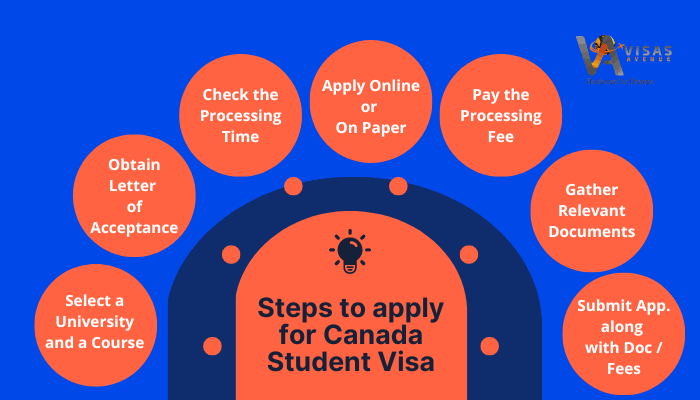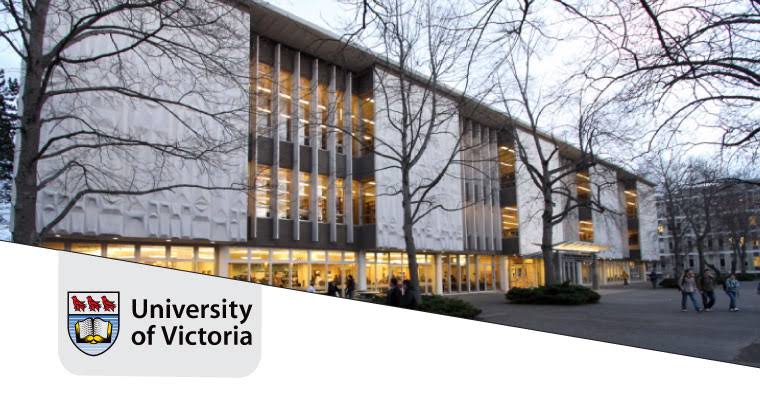Canada continues to be one of the most popular destinations for international students, thanks to its high-quality education system, multicultural environment, and welcoming immigration pathways. For those who plan to study in Canada for more than six months, obtaining a Canadian study permit is a crucial legal requirement. This document allows foreign nationals to study at designated learning institutions (DLIs) across the country and often serves as a stepping stone to further immigration opportunities, such as work permits and permanent residence.
While the process may appear complex at first, breaking it down into clear steps can help ensure a successful application. As of July 2025, Canada has introduced digital updates and AI-assisted document verification systems to streamline this process further, improving turnaround times and efficiency for applicants worldwide.
Step 1: Secure an Acceptance Letter from a Designated Learning Institution
Before you can apply for a study permit, you must first be accepted by a recognized Canadian educational institution. The school must be on the list of DLIs approved by the Immigration, Refugees and Citizenship Canada (IRCC). These include universities, colleges, vocational schools, and certain secondary institutions.
When applying to these institutions, it’s important to meet all entry requirements, which often include academic transcripts, language proficiency tests (IELTS, TOEFL, or CELPIP), and sometimes interviews or portfolios depending on the program. Once accepted, the institution will send you a formal letter of acceptance, which must be included in your study permit application.
Step 2: Prepare Key Documents for Application
Once you have your acceptance letter, the next step is to gather the necessary documentation for your study permit application. The core documents include:
- A valid passport or travel document
- Letter of acceptance from a DLI
- Proof of financial support, showing you can pay for tuition fees, living expenses, and return travel
- Passport-sized photographs, as per Canadian photo requirements
- A letter of explanation, detailing your goals and why you wish to study in Canada
- Custodian declaration (if under 18)
- Certificat d’acceptation du Québec (CAQ), for those studying in Quebec
It’s essential that all documents are accurate, translated (if necessary), and up to date. Incomplete or misleading documentation can delay or result in denial of your permit.
Step 3: Submit Your Study Permit Application Online or via Paper
Most applicants are encouraged to apply online through the IRCC website. The digital platform uses AI-assisted review tools to flag missing documents or inconsistencies and provides real-time updates on your application status.
In certain countries, paper applications may still be allowed, but processing times are generally slower. As of 2025, over 90% of study permit applications are submitted online due to increased speed and convenience.
When applying, you’ll also need to pay a non-refundable application fee (currently CAD 150) and, in most cases, the biometrics fee (CAD 85). Once submitted, you will receive instructions on providing biometrics (fingerprints and a photo) at a local visa application center (VAC).
Step 4: Complete Biometrics and Attend an Interview (If Required)
Biometrics collection is now a standard part of the study permit process. Once you’ve paid your biometrics fee, you will receive a Biometric Instruction Letter. You must book an appointment and provide biometrics at an approved location in your country.
Some applicants may also be called for an interview at the Canadian embassy or consulate. This typically applies if additional verification is required, or if the officer needs clarification about your intentions or financial capacity.
To prepare for the interview:
- Be honest and consistent with your application
- Be clear about your study goals and future plans
- Have supporting documents on hand if needed
Step 5: Wait for a Decision and Receive Your Permit
Processing times vary depending on the country of residence, time of year, and whether you applied through the Student Direct Stream (SDS)—a fast-track option for residents of select countries including India, China, Nigeria, the Philippines, and several others.
If your application is approved, you will receive:
- A Port of Entry (POE) Letter of Introduction, which must be presented upon arrival in Canada
- An Electronic Travel Authorization (eTA) or Temporary Resident Visa (TRV), depending on your nationality
You will not receive the physical study permit until you arrive in Canada. An immigration officer will issue it at your port of entry after reviewing your documents.
Step 6: Arrival and Compliance with Study Permit Conditions
Once in Canada, it’s critical to comply with all conditions attached to your study permit. These include:
- Studying at the DLI listed in your permit
- Maintaining full-time enrollment (unless otherwise permitted)
- Making satisfactory academic progress
- Working only the allowed number of hours (usually up to 20 per week during semesters and full-time during breaks)
Failure to meet these conditions could jeopardize your immigration status or impact future applications for work permits, permanent residence, or citizenship.
Additional Notes on Extensions and Post-Graduate Work
If your study program is extended or you switch institutions, you must update your study permit accordingly. The application to extend your stay must be submitted at least 30 days before your permit expires.
Students who complete their programs at eligible institutions may apply for a Post-Graduation Work Permit (PGWP), which allows them to gain valuable Canadian work experience. This experience can then count toward permanent residency pathways such as the Canadian Experience Class or Provincial Nominee Programs.
Conclusion
The process of obtaining a Canadian study permit may involve several steps, but it is manageable with thorough planning and attention to detail. From securing admission to complying with permit conditions, each phase plays a vital role in ensuring a smooth and legal transition into Canadian student life. With Canada’s evolving digital immigration platforms and student-friendly policies in 2025, the process has become more efficient than ever, making it an ideal time for aspiring international students to begin their journey.



